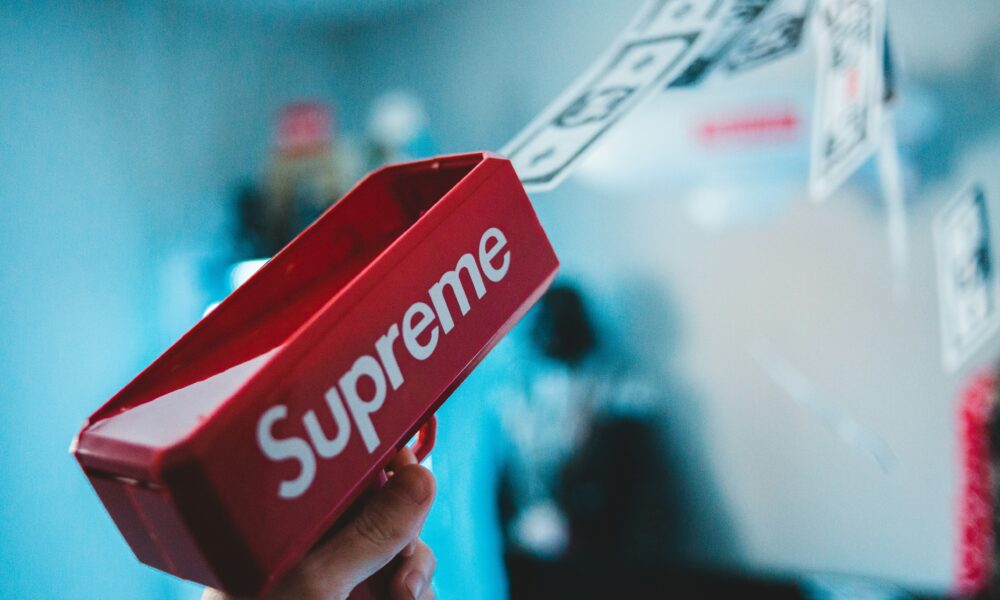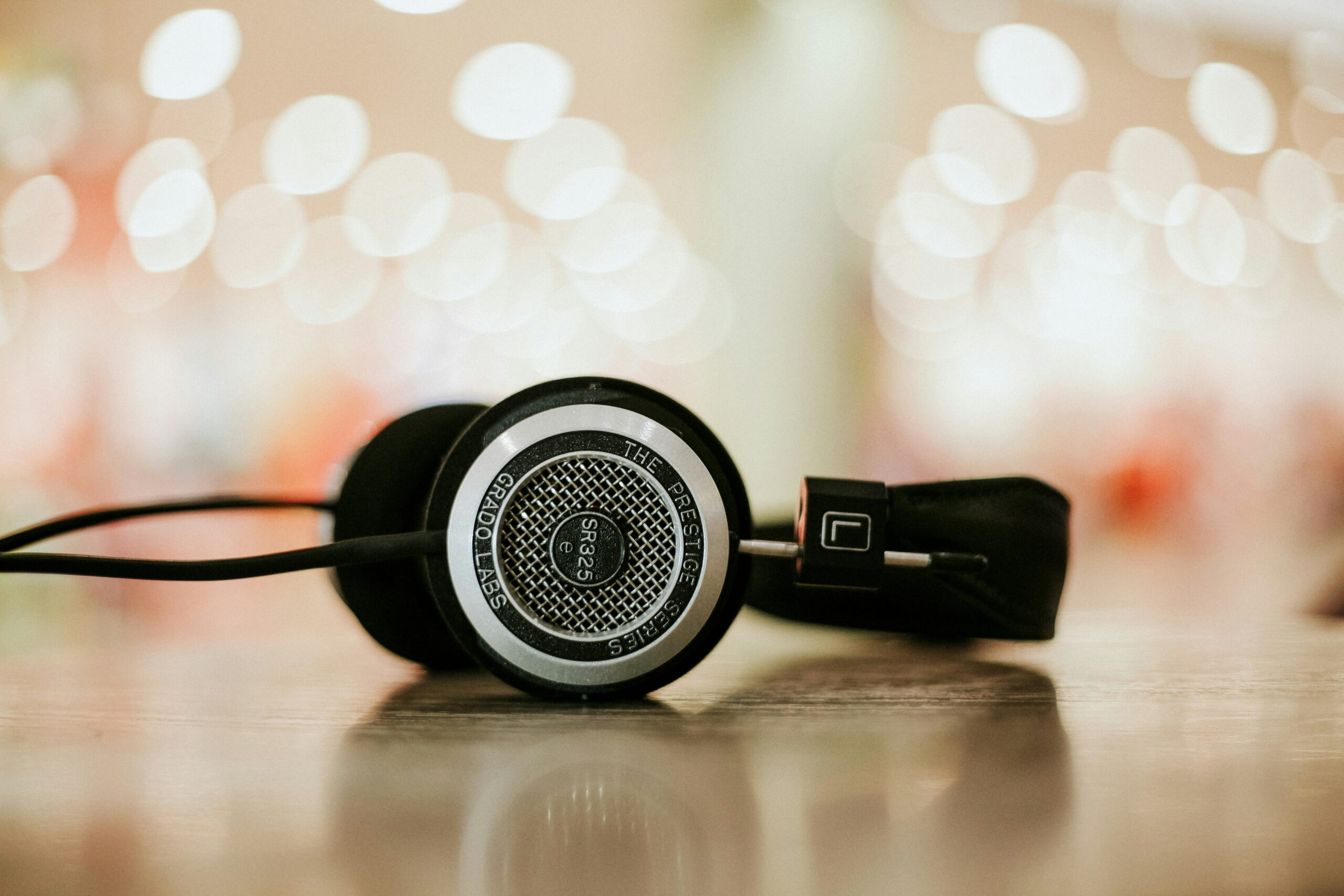Introduction to the Filmmaking Process
Filmmaking is a captivating journey that transforms mere ideas into spectacular visual narratives. It’s a world where creativity knows no bounds, and every frame tells a story. From the initial spark of inspiration to the final cut on screen, each step in the filmmaking process reveals the artistry behind what we see in cinemas today. Whether you’re an aspiring filmmaker or simply curious about how your favorite films come to life, understanding this intricate process can deepen your appreciation for the art of cinema. Let’s take you behind the scenes and explore what really goes into making unforgettable filmai!
The Idea Stage: How Concepts are Developed
The idea stage is where the magic begins. It’s a time for brainstorming and exploration. Filmmakers gather thoughts, images, and emotions to shape a compelling narrative.
In this phase, inspiration can strike from anywhere—books, personal experiences, or even conversations overheard in a café. Some filmmakers keep journals filled with fragments of ideas that eventually evolve into scripts.
Collaboration plays a crucial role here. Writers often team up with directors or producers to refine initial concepts. They discuss themes, characters, and settings that resonate deeply and entertain audiences.
Workshops and pitch sessions become breeding grounds for innovation as creators present their ideas to peers for feedback. This dialogue helps sculpt raw notions into more defined stories ready for development.
The goal is to capture something unique—a story worth telling that speaks not just to one person but resonates on a broader scale across diverse viewers.
Pre-Production: From Script to Storyboard
Pre-production is a crucial phase in filmmaking. It transforms ideas into tangible plans. This stage starts with the script, where every word matters. Writers refine dialogues and scenes, ensuring they fit together seamlessly.
Once the script is polished, it’s time for storyboarding. Artists sketch key scenes to visualize how the film will unfold. These drawings serve as a roadmap for directors and cinematographers.
Casting comes next; finding actors who breathe life into characters can make or break a film. Auditions reveal hidden talents while establishing chemistry among cast members.
Location scouting adds depth to the project. Filmmakers explore various settings that enhance storytelling visually and thematically.
Budgeting cannot be overlooked during pre-production either. Every decision impacts costs—from equipment rentals to catering on set—requiring careful planning to stay within financial limits while realizing creative vision
Lights, Camera, Action: The Production Stage
The production stage is where the magic truly happens. This is when the script transforms into a living, breathing filmai. The anticipation in the air is palpable as crew members bustle about, setting up equipment and preparing for action.
Cameras roll, and actors step into their roles with passion. Each scene requires precise coordination between talent and crew. Dialogue flows amidst the sounds of clanging gear and busy chatter.
Directors call out instructions, ensuring everyone stays on track. It’s an intense environment filled with creativity and collaboration. Every shot counts; every moment matters.
Unexpected challenges often arise during filming—weather changes or technical issues can throw plans off course. Quick thinking becomes essential to keep everything moving smoothly.
Capturing those genuine moments on camera brings all involved together in excitement, marking another milestone in their filmmaking journey that they won’t soon forget.
Post-Production: Editing and Adding Special Effects
Post-production is where the magic really happens in filmmaking. It’s a meticulous process that transforms raw footage into a polished film. Editors play a crucial role here, sifting through hours of material to create a compelling narrative.
They cut scenes, adjust pacing, and ensure smooth transitions. Every edit shapes the audience’s experience and emotion.
Adding special effects takes creativity to another level. Whether it’s CGI monsters or breathtaking landscapes, these elements enhance the story without overshadowing it.
Sound design also comes into play during this phase. Music scores, sound effects, and dialogue are layered in carefully to evoke feelings and draw viewers deeper into the world created on screen.
This stage can be time-consuming but is essential for delivering a captivating final product that audiences will remember long after credits roll.
Bringing it all Together: The Final Cut
The final cut is where the magic truly happens. Here, all the pieces come together in a cohesive narrative. Editors sift through hours of footage, selecting the best takes and weaving them into a seamless story.
Sound design plays a crucial role at this stage. Every sound effect enhances the visual experience, immersing audiences deeper into the film’s world. It adds layers of emotion that visuals alone can’t achieve.
Color grading is another essential aspect. This process sets the tone and mood, influencing how viewers feel throughout each scene. A well-graded film can evoke tears or laughter with just a shift in hue.
Adding special effects might be necessary to elevate certain moments—whether it’s an epic explosion or subtle enhancements that enrich storytelling without overwhelming it.
Each decision during this phase shapes how viewers will react and remember your film long after credits roll. The final cut transforms raw creativity into polished art ready for audiences worldwide.
Challenges and Roadblocks in the Creative Process
Every filmmaker faces challenges during their creative journey. It’s part of the process. One common hurdle is funding. Securing a budget can be daunting, and often, it means navigating complex relationships with investors or production companies.
Time constraints can also add pressure to the project. Rushed timelines may lead to compromises on script quality or casting choices.
Collaboration poses its own set of difficulties too. Creative differences among team members can spark tension but can also foster innovation if managed well.
Technical issues are another roadblock that filmmakers often encounter—whether it’s equipment malfunctions or unexpected weather conditions disrupting shoots.
The emotional toll cannot be overlooked. The passion for storytelling sometimes clashes with stress and self-doubt, affecting creativity and productivity.
Navigating these obstacles requires resilience and adaptability in order to bring a vision to life effectively.
Tips for Aspiring Filmmakers
Embrace storytelling. At the heart of every film lies a compelling narrative. Focus on what moves you and let that inspire your script.
Learn the tools of the trade. Familiarize yourself with cameras, lighting, and sound equipment. Understanding technology enhances creativity.
Collaborate often. Surround yourself with passionate individuals who share your vision. Filmmaking is a team effort; each person’s input enriches the final product.
Practice continuously. Create short films or participate in local projects to hone your skills. Experimentation leads to growth and confidence.
Seek feedback without fear. Constructive criticism sharpens your craft and opens new perspectives.
Network actively within the industry. Attend film festivals, workshops, or online forums to connect with like-minded creators ready to share experiences and advice.
Stay flexible throughout the process as plans often change unexpectedly during shoots or edits—adaptability is key in filmmaking’s dynamic environment.
Conclusion
Creating a film is an intricate dance of creativity, collaboration, and technical skill. Each stage plays a vital role in bringing the final vision to life. From nurturing that initial spark of an idea to navigating through production hurdles, filmmakers pour their hearts into crafting stories.
It’s essential for aspiring filmmakers to embrace both the challenges and joys that come with this journey. Learning from every experience can lead to growth and innovation in your craft. So dive deep into your ideas, build strong teams, and remember: every great film starts with a single thought. The world of filmai awaits your unique perspective.











